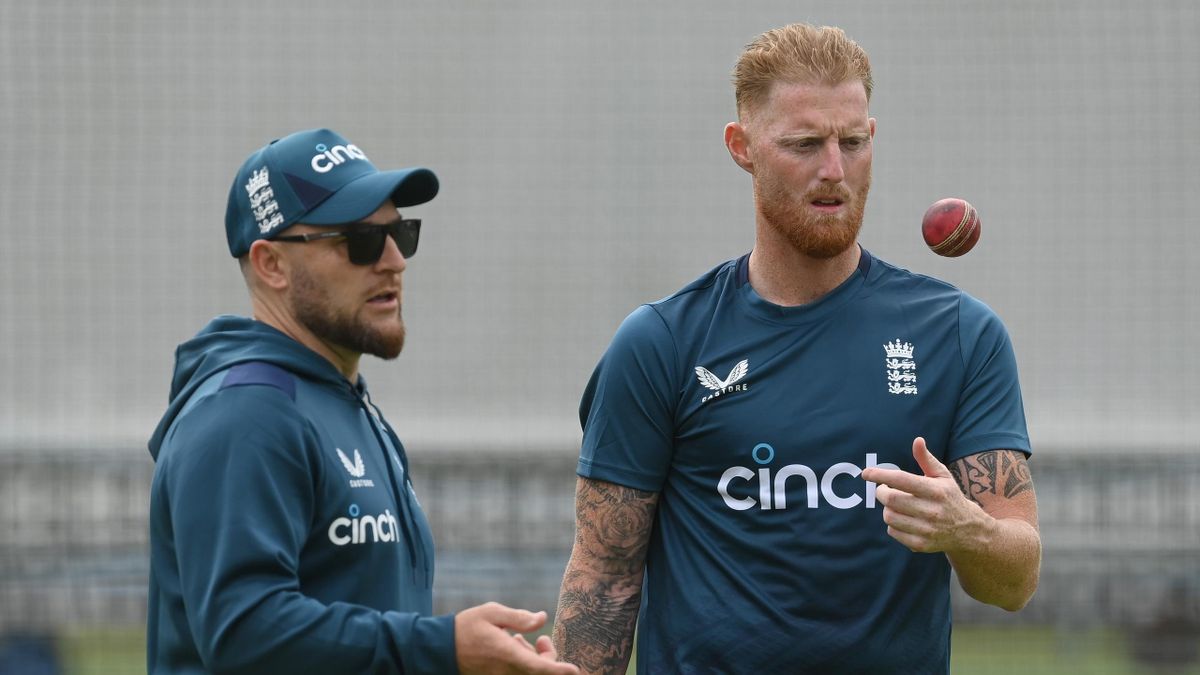Latest News
The Secret Sauce Behind 'Bazball'

Test cricket has always been shaped by trailblazers—figures whose impact transcended their teams to influence the game itself. Don Bradman’s near-perfect technique famously provoked Douglas Jardine to devise the infamous 'Bodyline' strategy. Decades later, after suffering at the hands of Lillee and Thomson, Clive Lloyd responded with a ferocious quartet of fast bowlers that redefined West Indies cricket. Fast forward another generation, and the sport witnessed another radical shift.
By the end of the 2021/22 season, England, despite being backed by the world’s second-richest cricket board, had reached a nadir—just one win in their last 17 Tests. But a seismic change followed with Ben Stokes taking over the captaincy and Brendon McCullum stepping in as coach. What emerged was a fearless, high-octane brand of cricket that came to be known as ‘Bazball’—a philosophy anchored in relentless aggression and freedom with the bat.
From 2018 to 2021, England’s top seven managed an average of just 32.25 in 25 home Tests—the second-worst home average among teams with 10 or more matches. The conditions were punishing: seaming decks and the ever-troublesome Dukes ball. England's win rate at home in that span was only 48%, putting them sixth among the top nine nations and trailing South Africa’s 57.89%.
Since 2022, though, England's home win percentage has skyrocketed to 75%, second only to South Africa’s stellar 91.67%. Batting averages have also surged—England’s top seven now average 43.86 in home Tests, narrowly behind Sri Lanka. More strikingly, their scoring rate of 73.90 is well clear of India’s 61.98, showcasing a transformation not just in results, but in the very rhythm of their game.